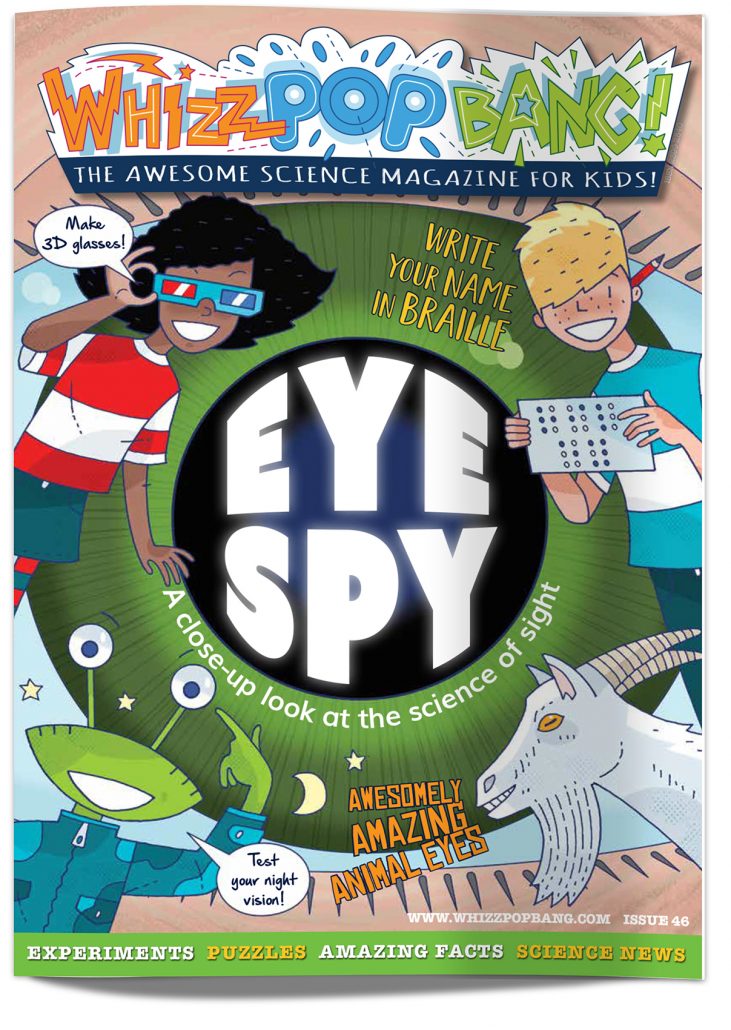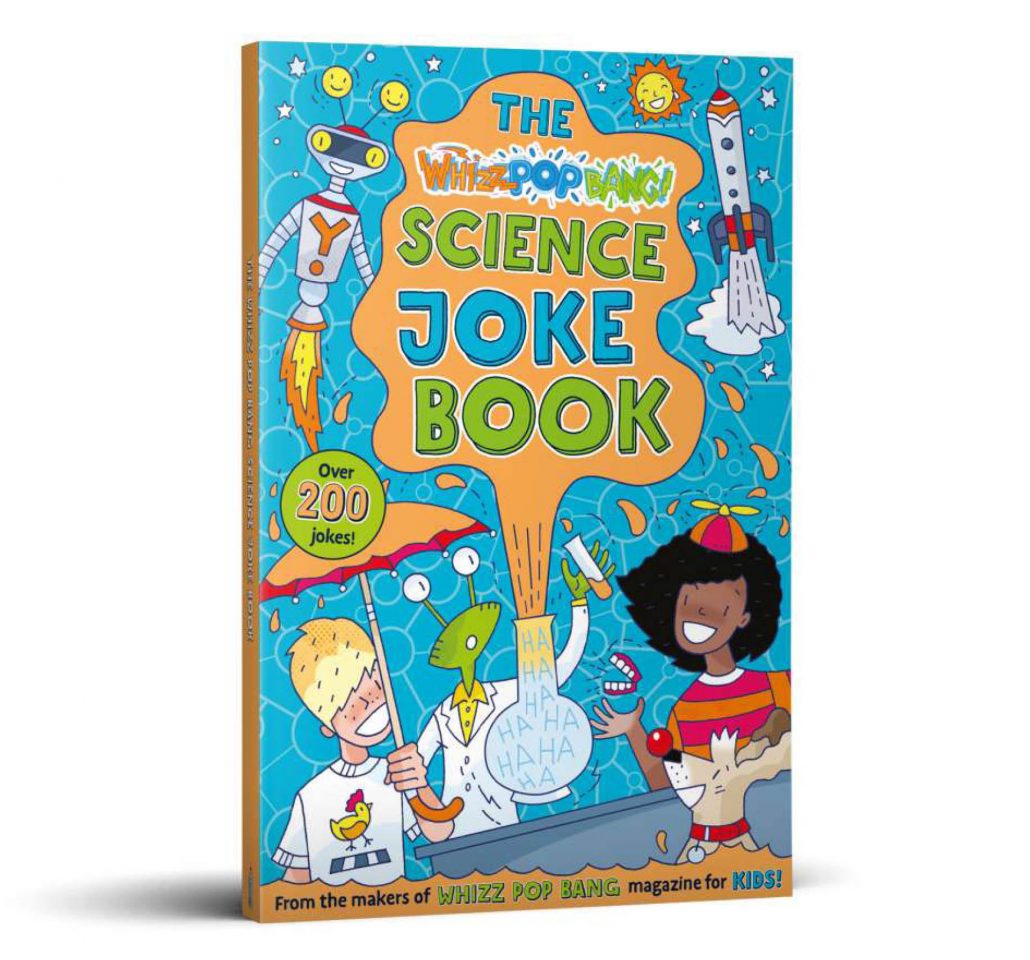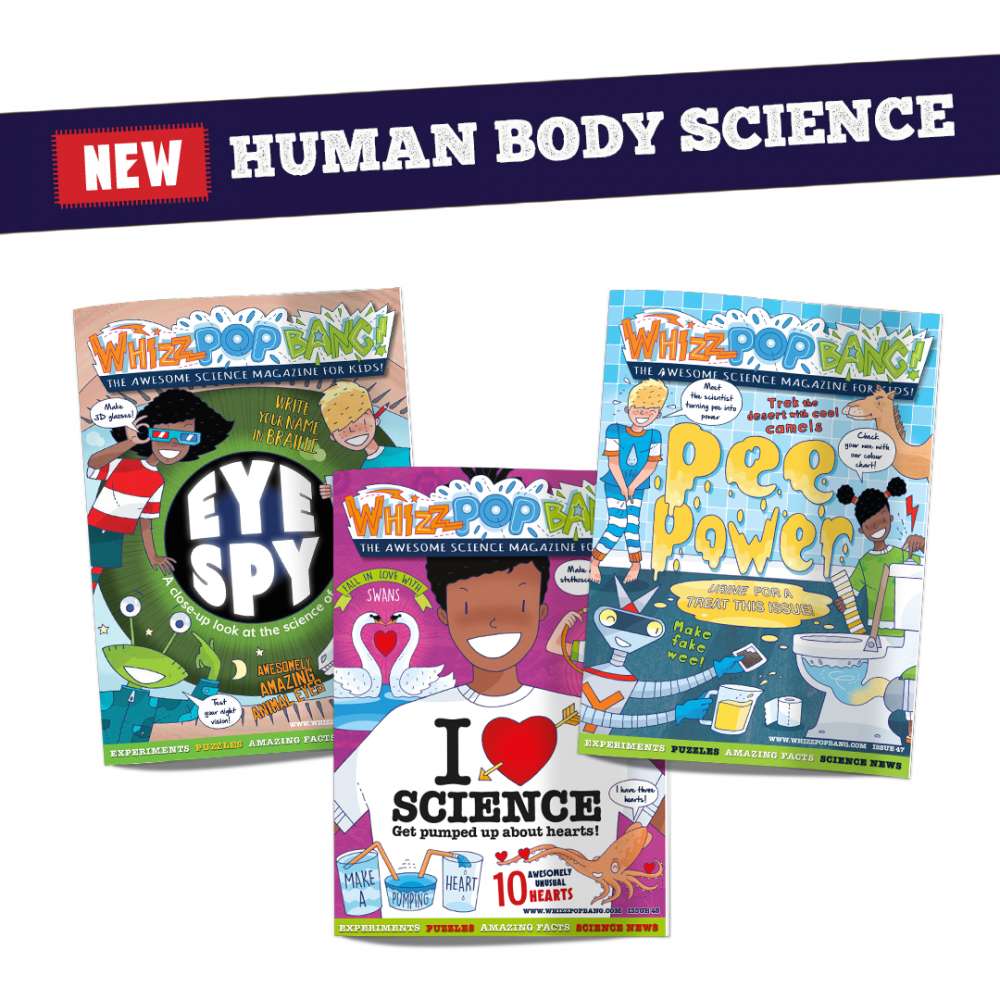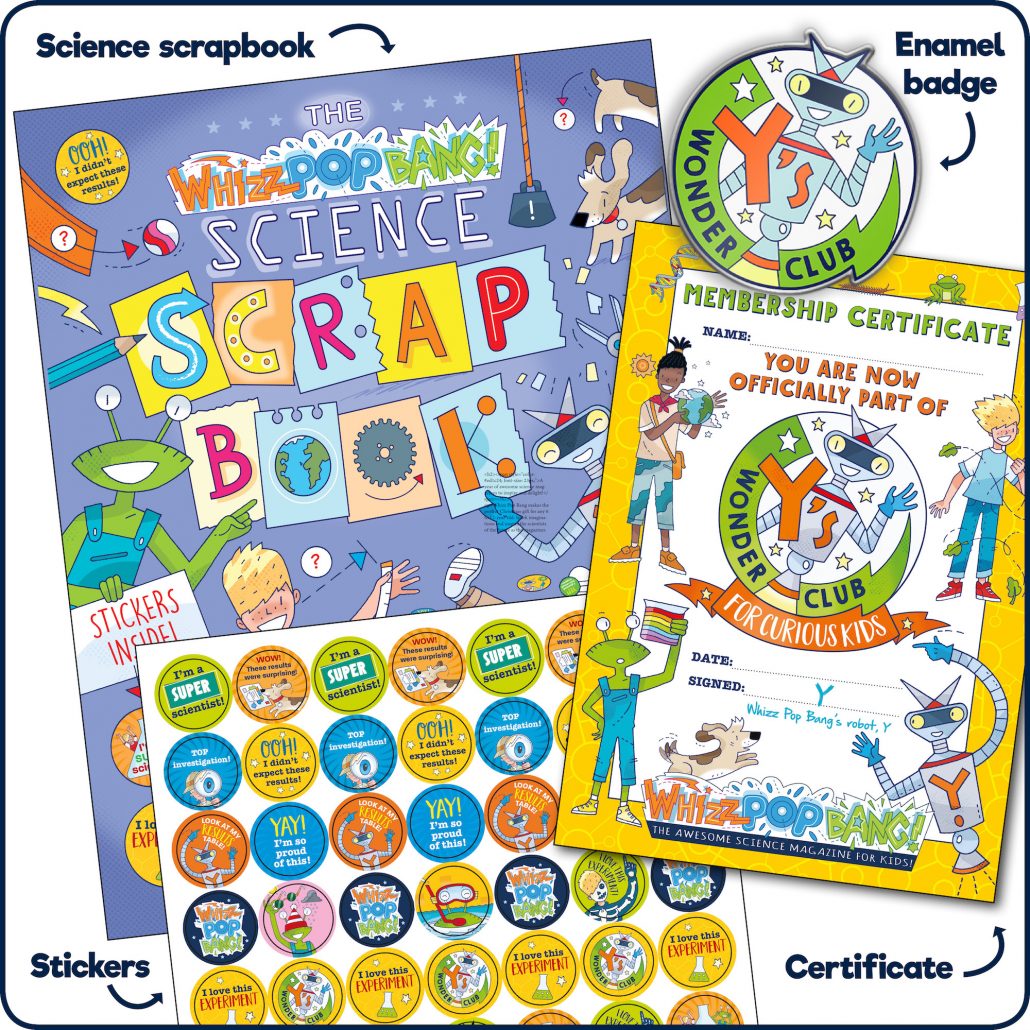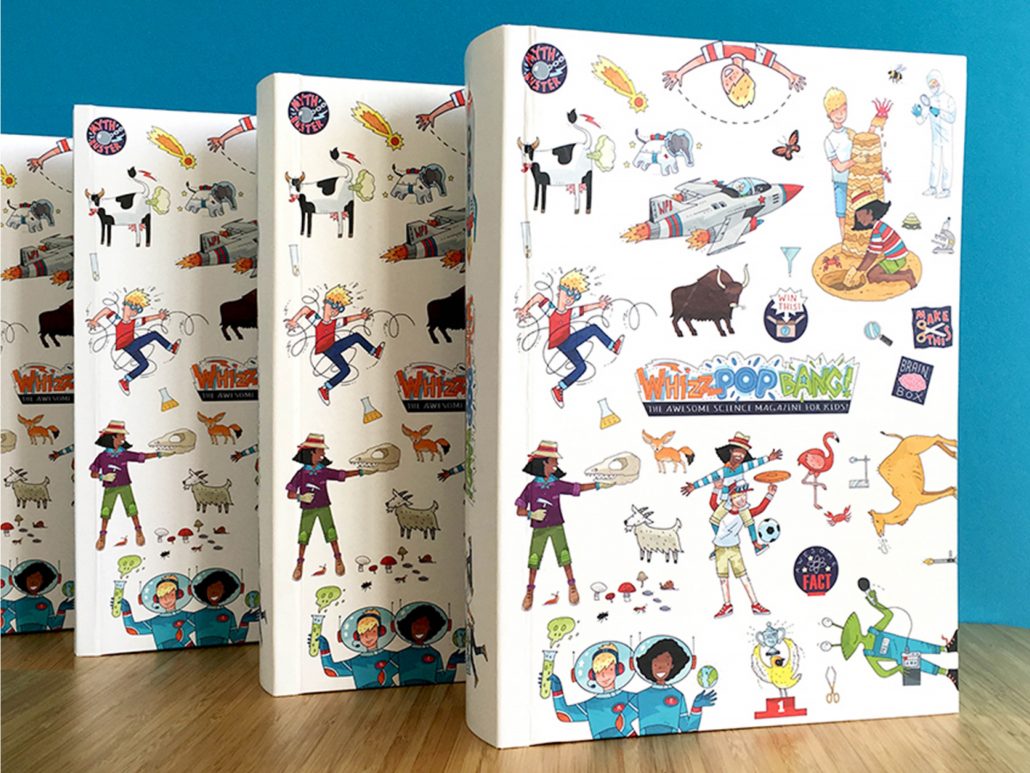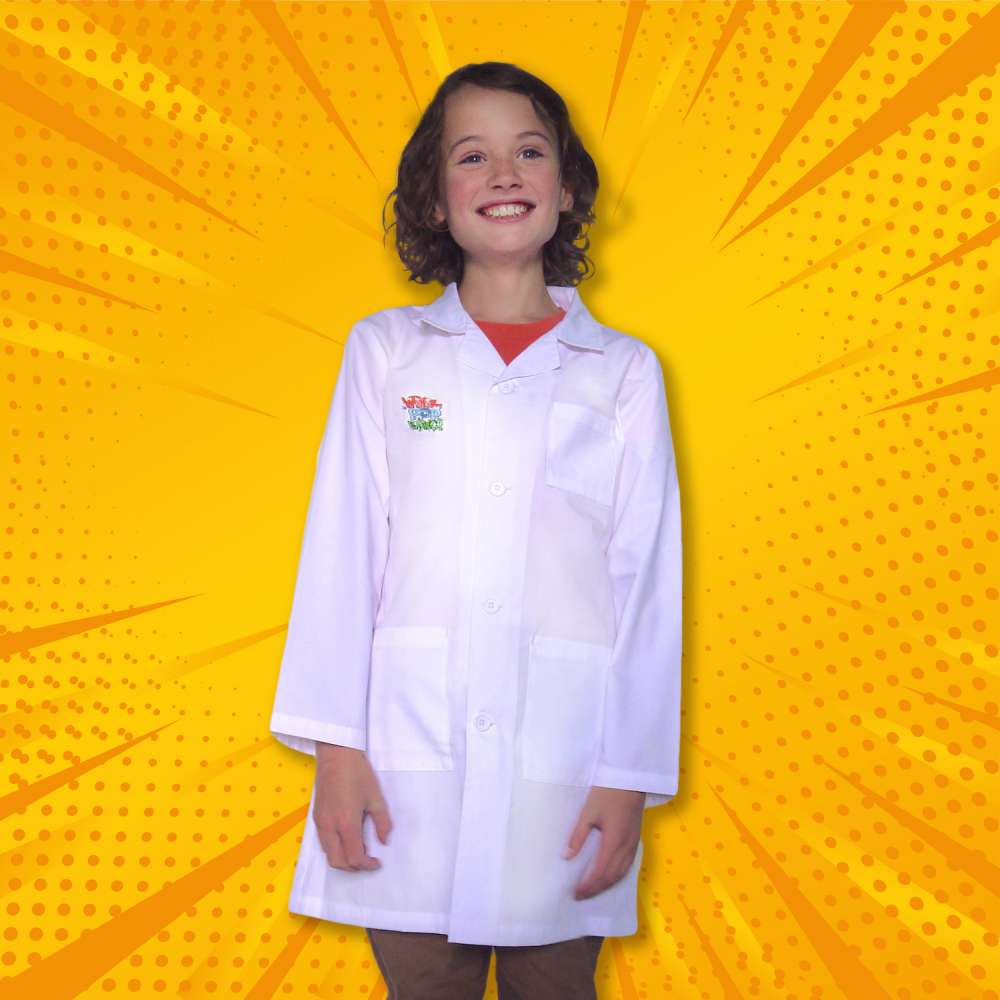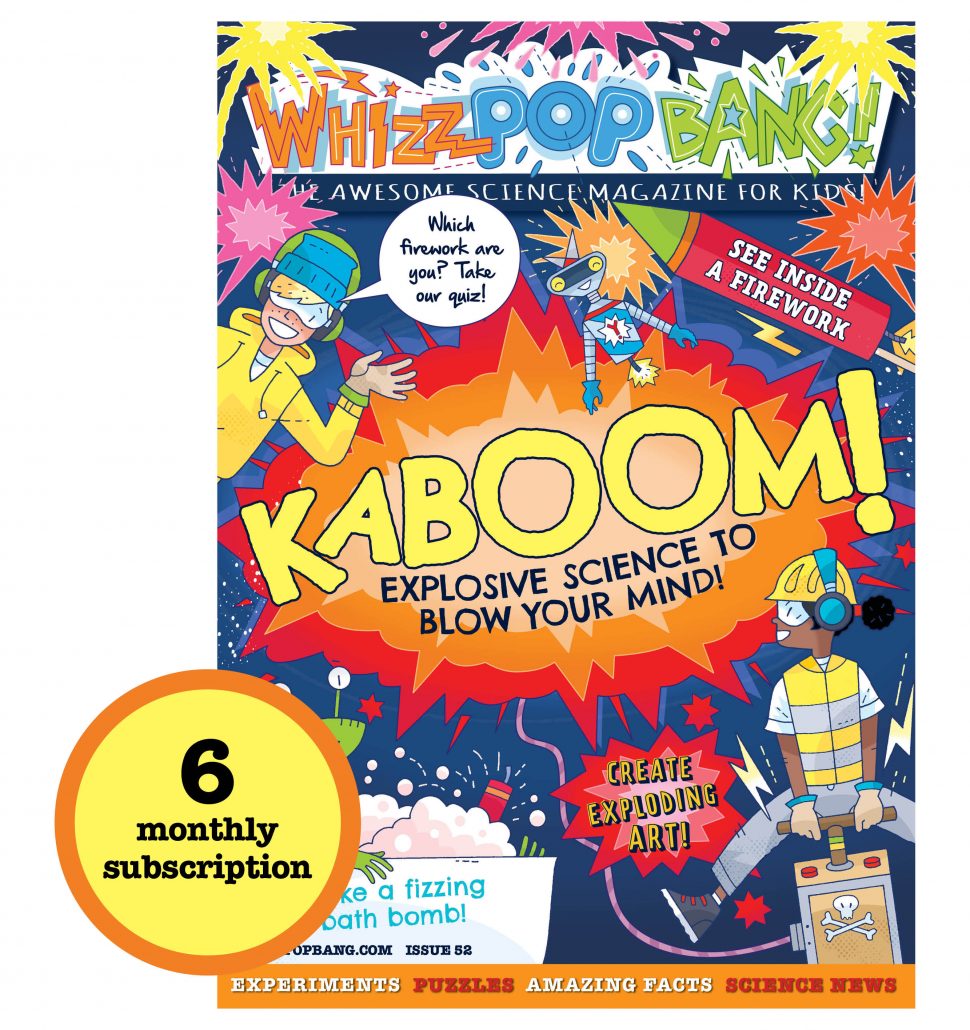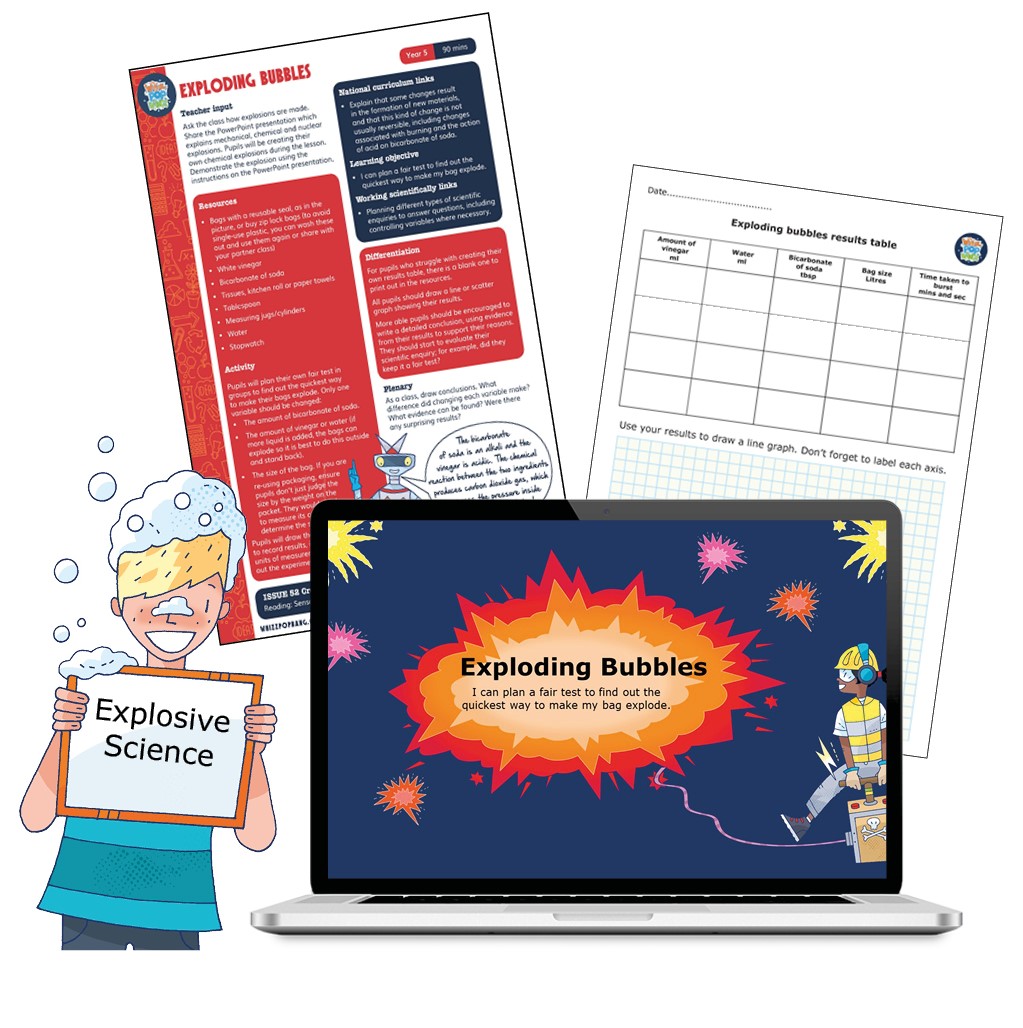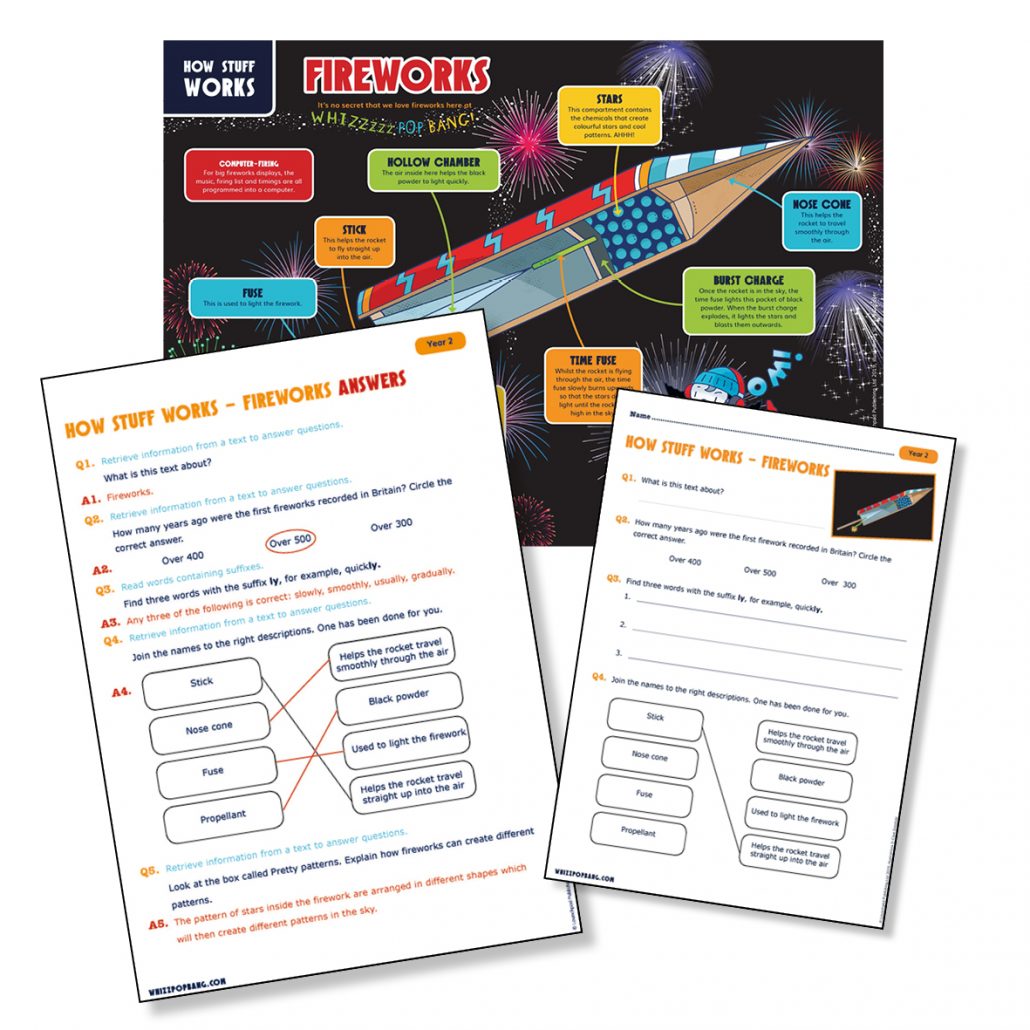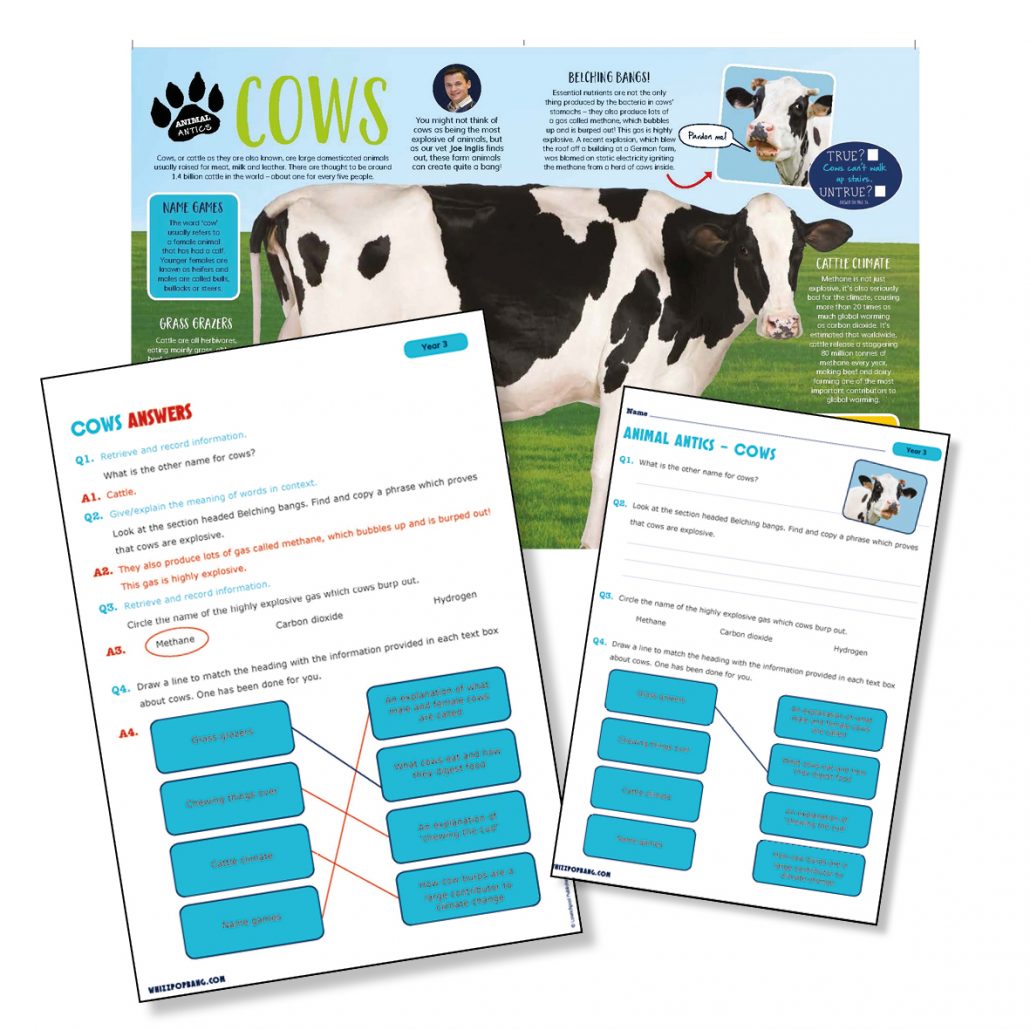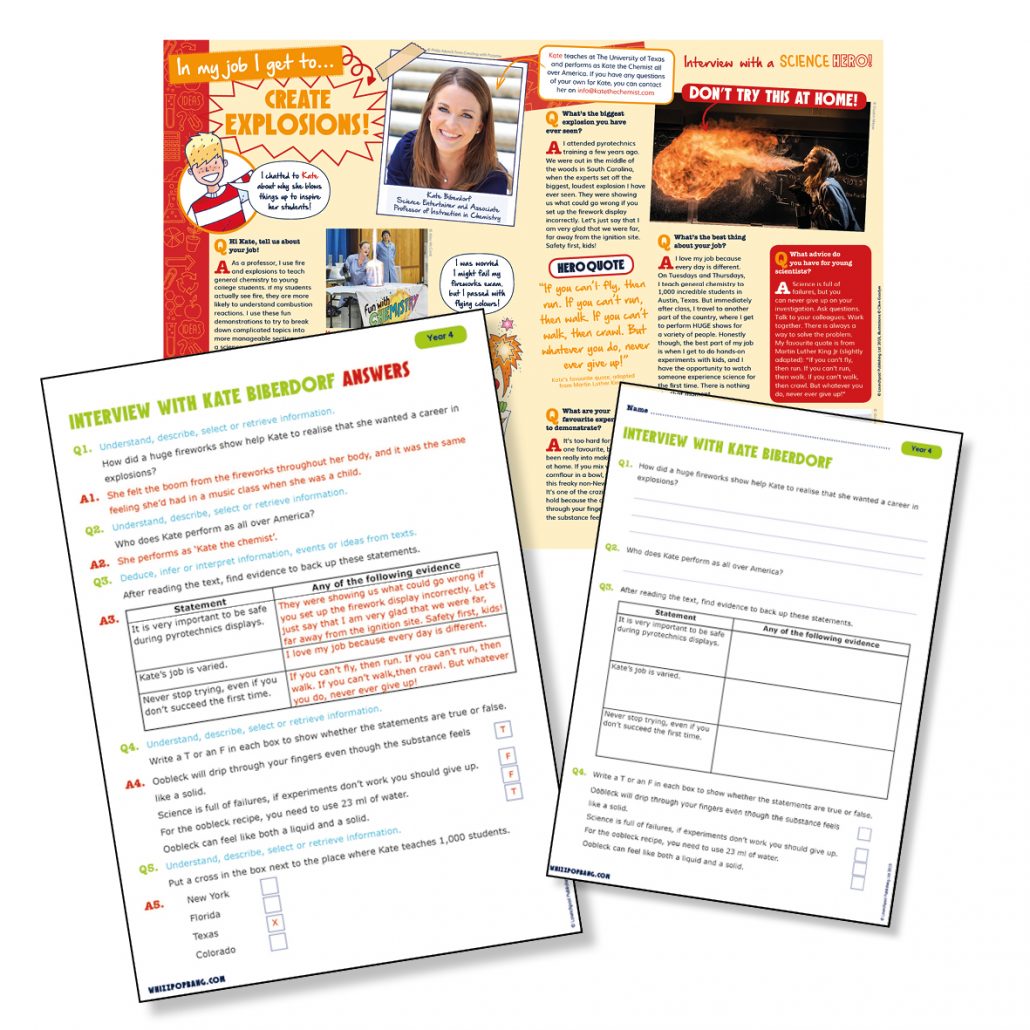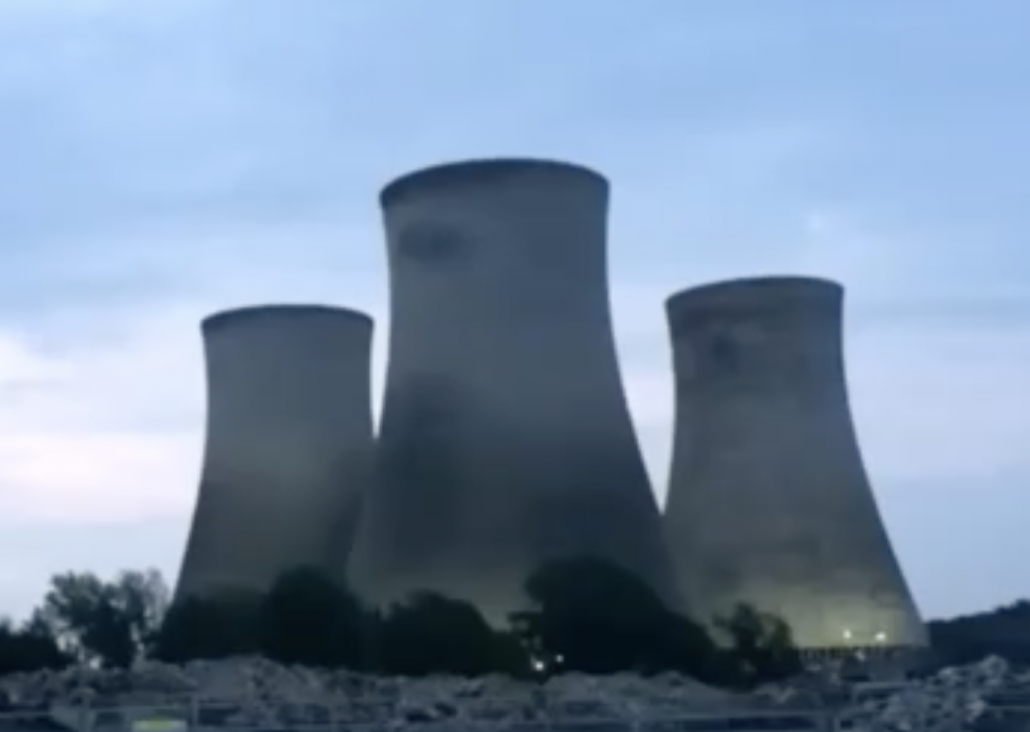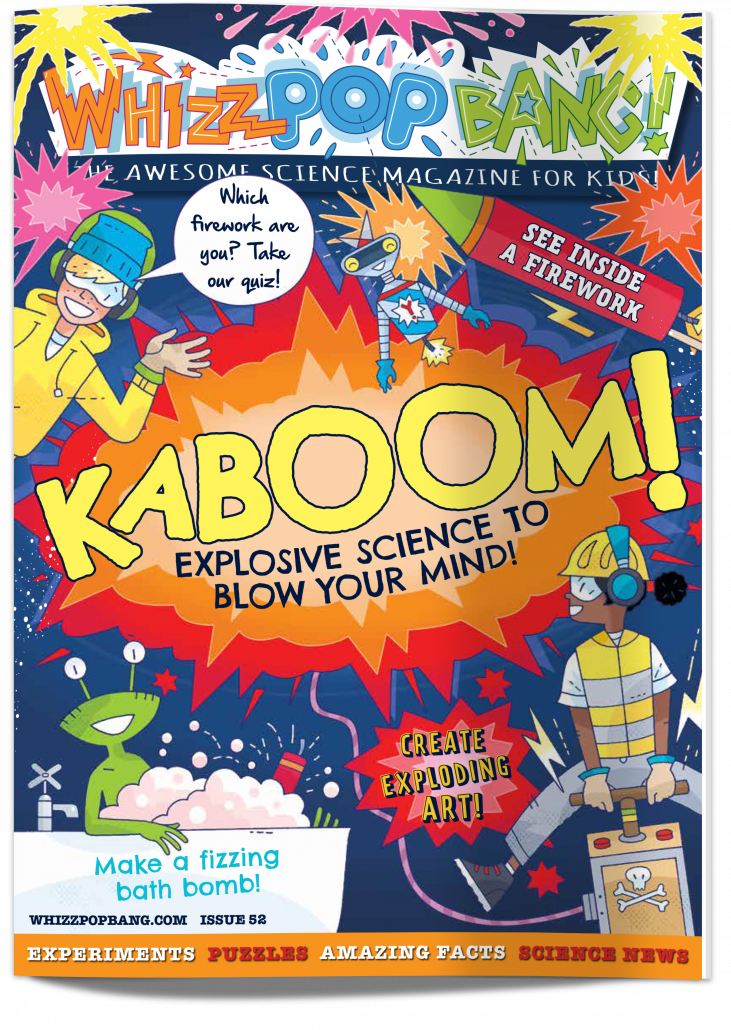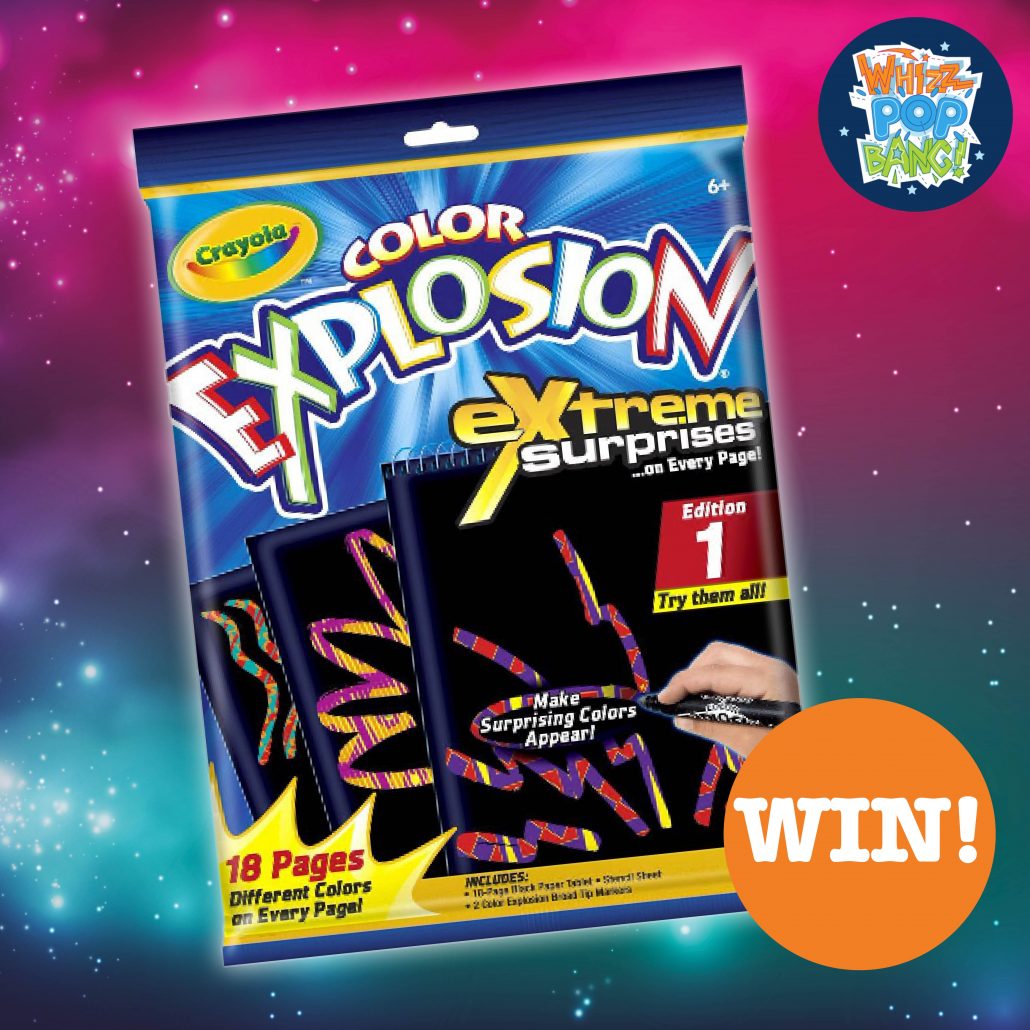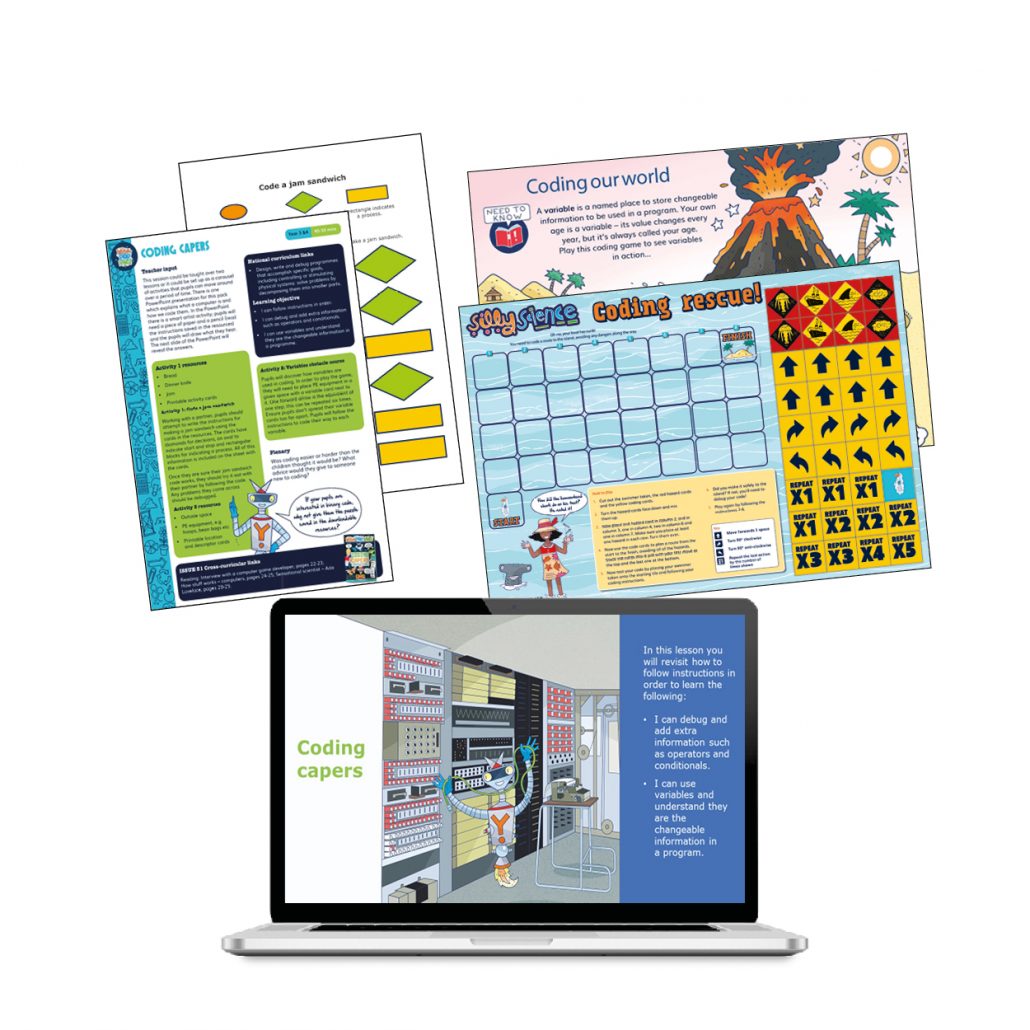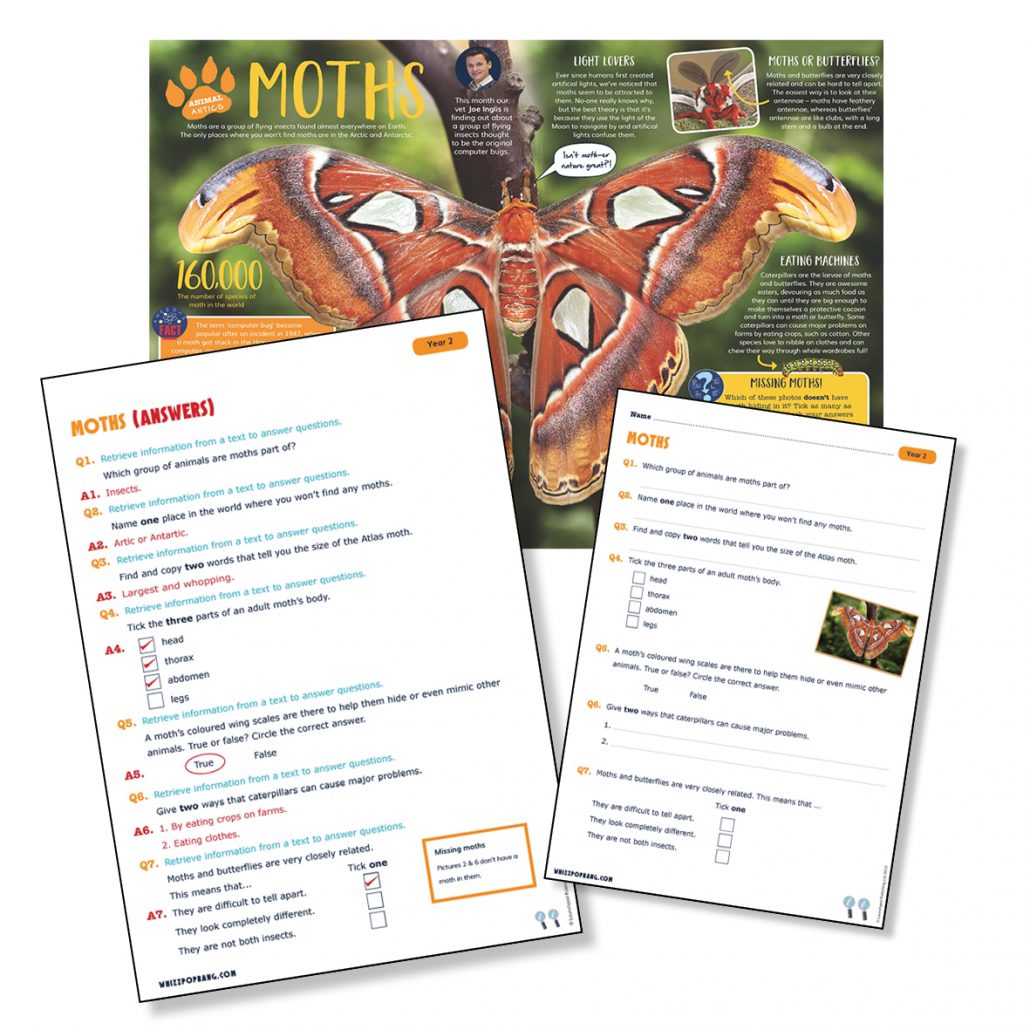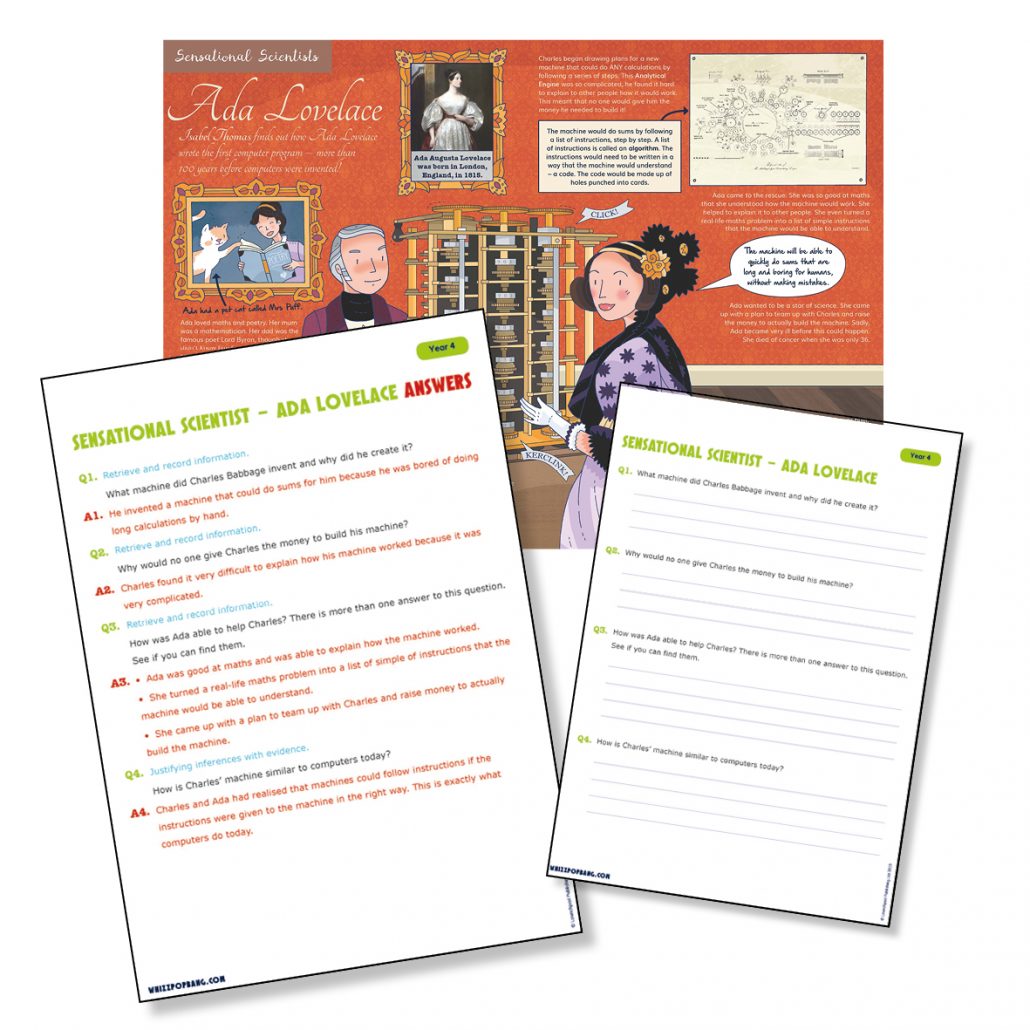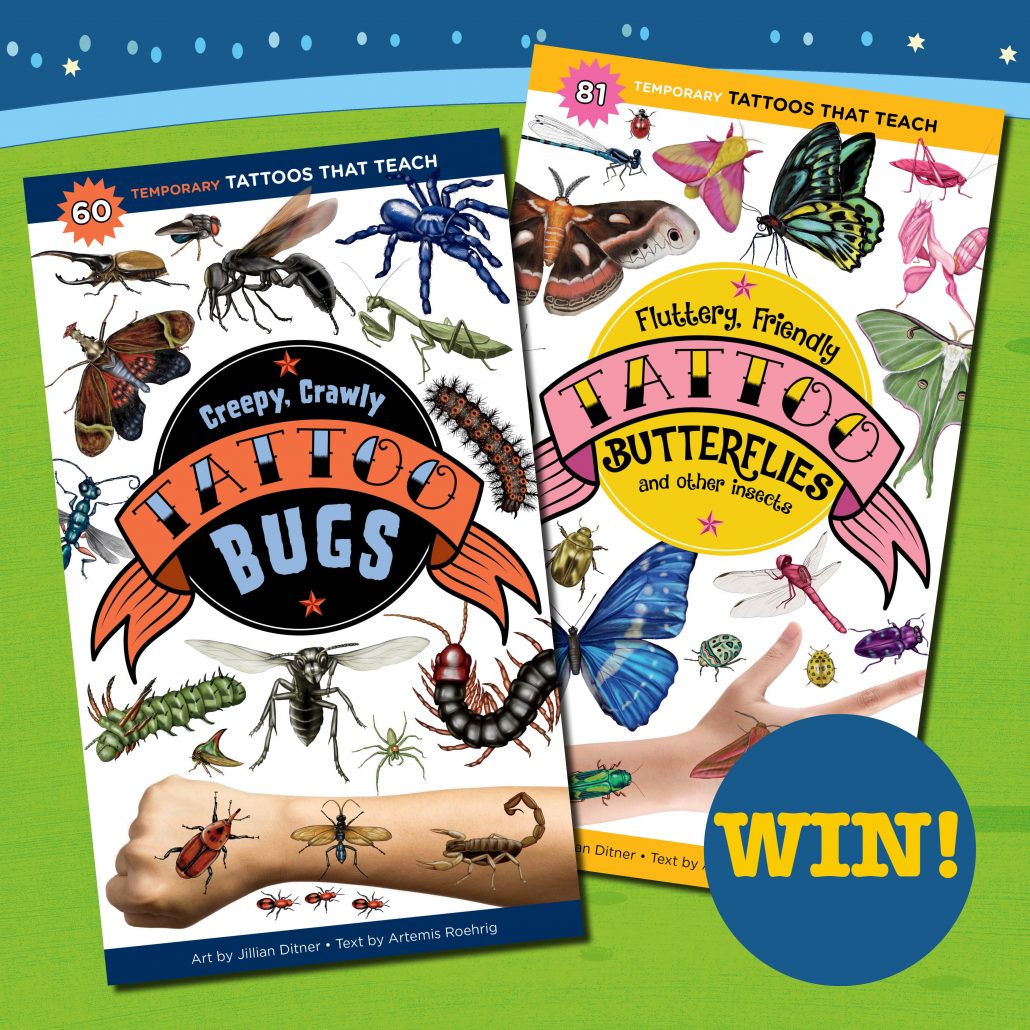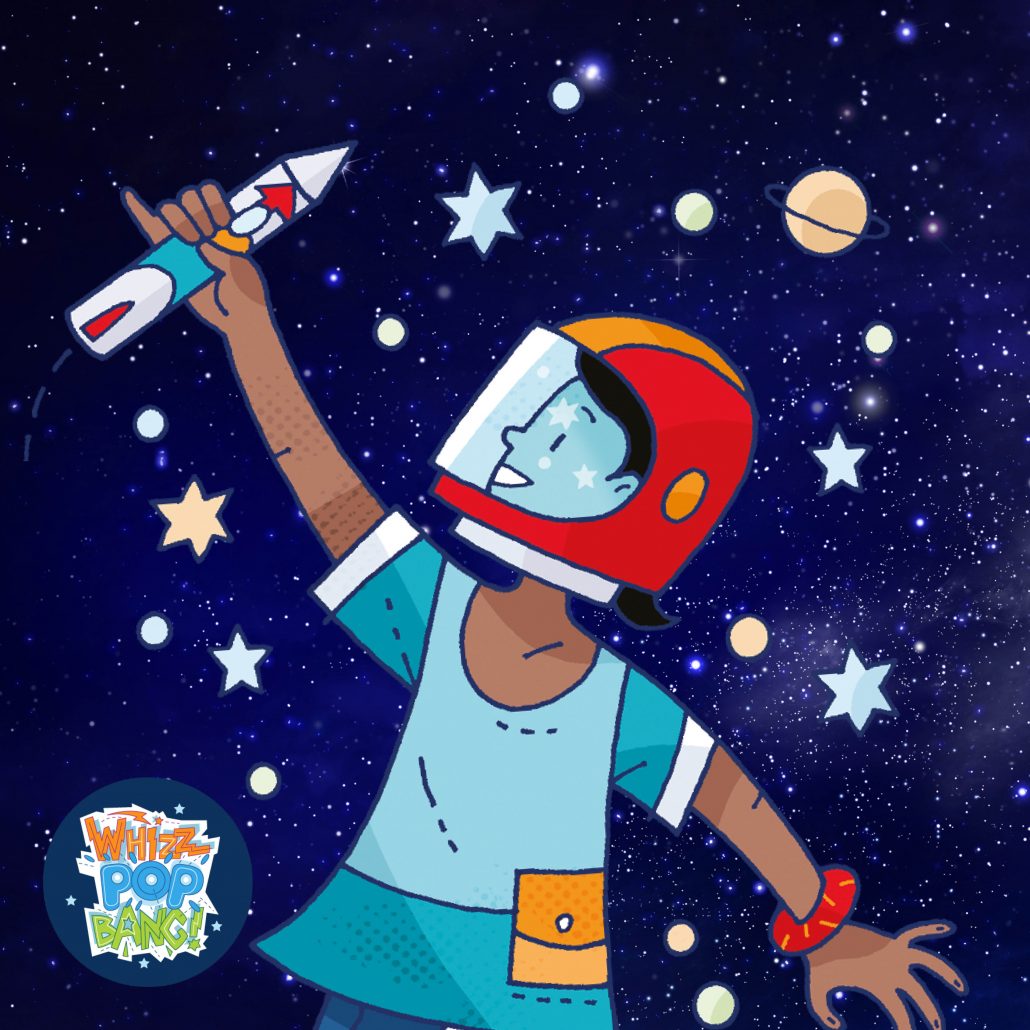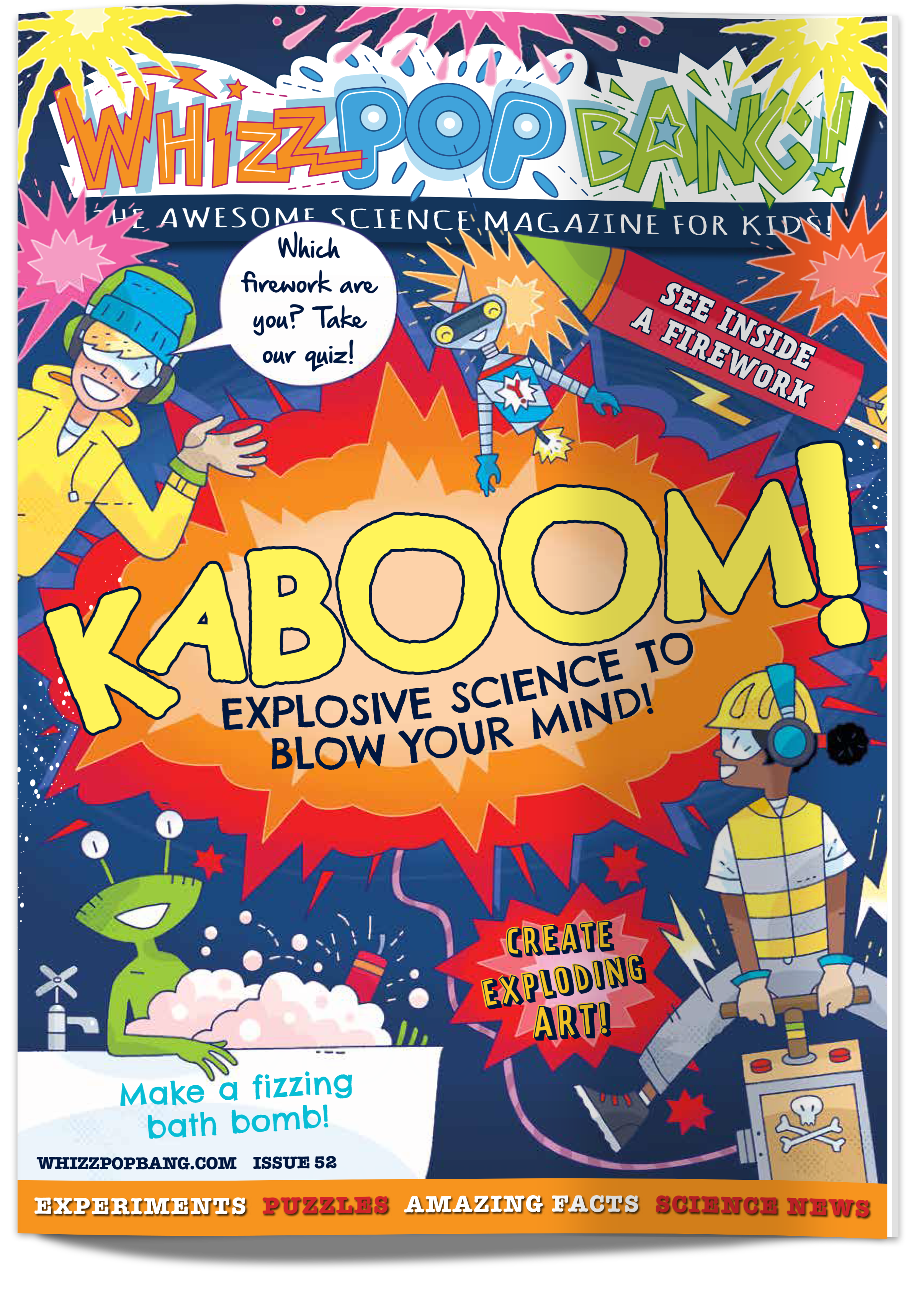Are you looking for Christmas presents for your grandchildren? Or perhaps your children’s grandparents are asking for Christmas present ideas? Maybe you need science present ideas for your nieces and nephews, or for any other small science fans in your life?
If you’re looking for science kits for kids, we’ve got the perfect solution: Whizz Pop Bang science magazine for children is the gift that delivers science wonder through the letterbox every month! Packed with exciting activities, eye-opening facts, puzzles, jokes and more with features written by science experts, it’s the present that keeps on giving all year round!
But that’s not all… We’ve also launched a lab-load of extra goodies this year, perfect for popping under the tree to inspire scientists-in-training to start experimenting! Science presents for kids are right here…
Grandchildren, godchildren, nieces and nephews can be tricky to buy for. Read our handy science gift guide and give the gift of curiosity this year!
Under £10: Science stocking fillers
An issue of Whizz Pop Bang: £4.75
The Whizz Pop Bang Science Joke Book: £6.99
Whizz Pop Bang bundle (three issues): £9.99
Under £15: A pipette of treats
Y’s Wonder Club Pack (a large science scrapbook, 70 stickers and an enamel pin badge): £11.99
Whizz Pop Bang binder: £14.99
Around £20: A beaker of curiosity
Whizz Pop Bang lab coat: £19.99
6 monthly subscription to Whizz Pop Bang magazine: £20.99
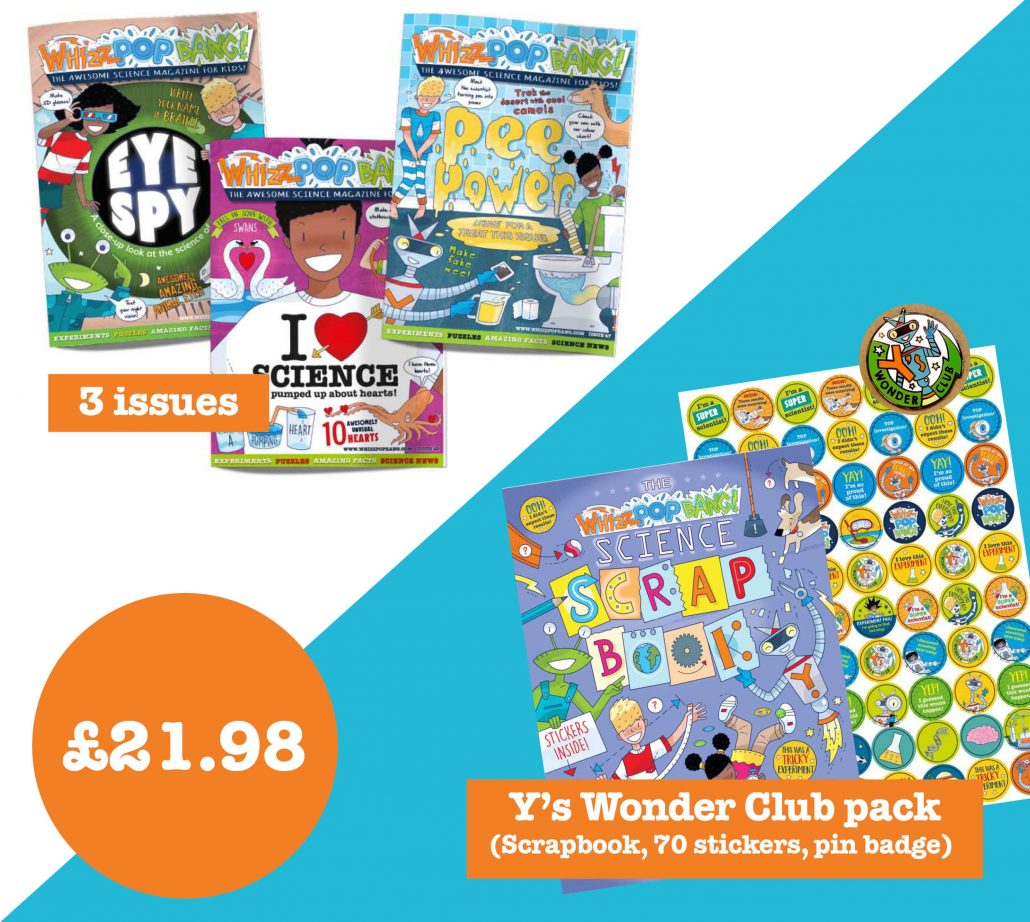
Whizz Pop Bang bundle (three issues)
PLUS Y’s Wonder Club Pack (a large science scrapbook, 70 stickers and an enamel pin badge)
TOTAL: £21.98
Around £30: A flask of facts and fun
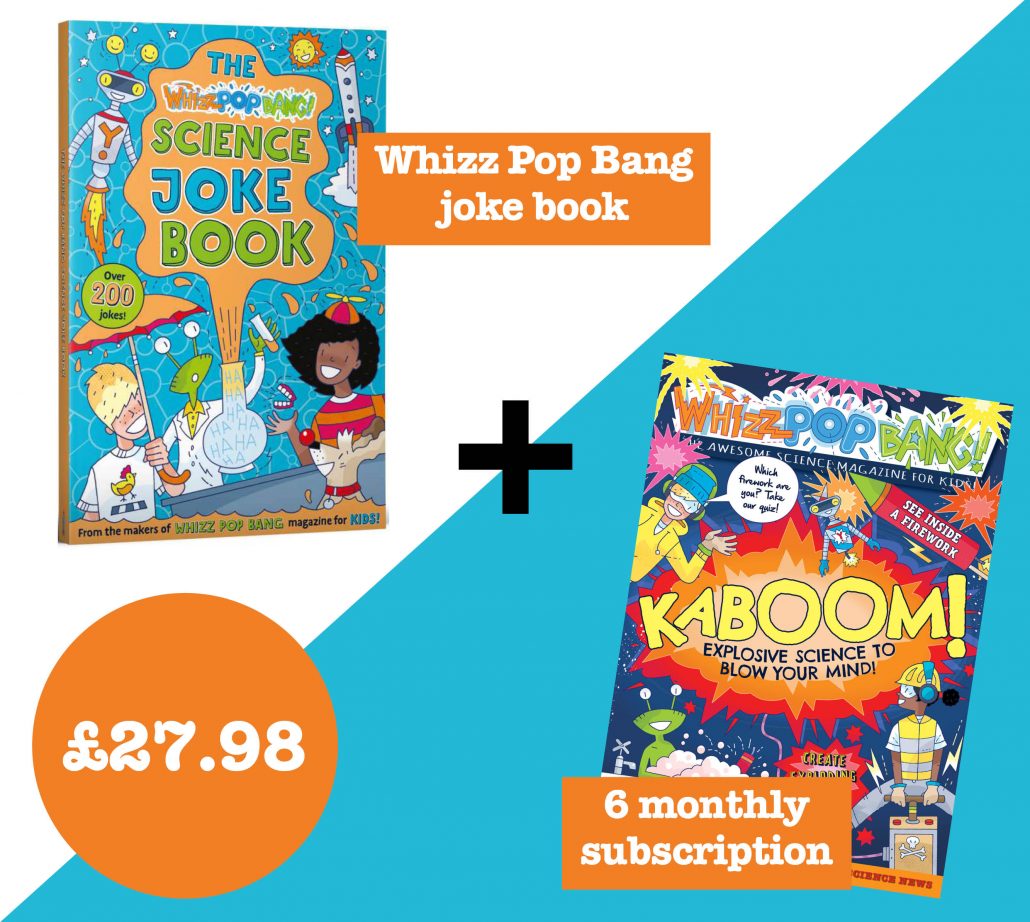
6 monthly subscription to Whizz Pop Bang magazine
PLUS The Whizz Pop Bang Science Joke Book
TOTAL: £27.98
Around £50: An explosion of inspiration!

6 monthly subscription to Whizz Pop Bang magazine
PLUS Whizz Pop Bang lab coat
PLUS The Whizz Pop Bang Science Joke Book
TOTAL: £47.97
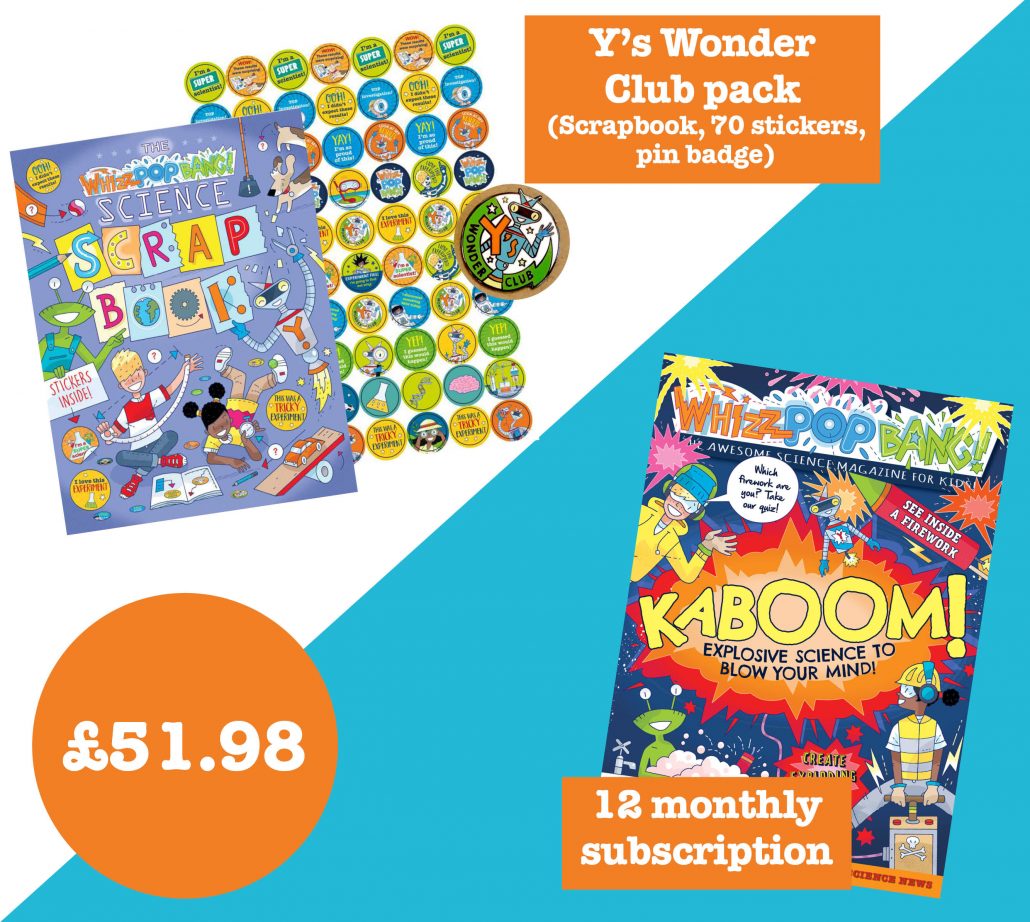
12 monthly subscription to Whizz Pop Bang magazine
PLUS Y’s Wonder Club Pack (a large science scrapbook, 70 stickers and an enamel pin badge)
TOTAL: £51.98
Around £75: A lab-load of science!

12 monthly subscription to Whizz Pop Bang magazine
PLUS Whizz Pop Bang binder
PLUS Whizz Pop Bang lab coat
TOTAL: £74.97
The works!
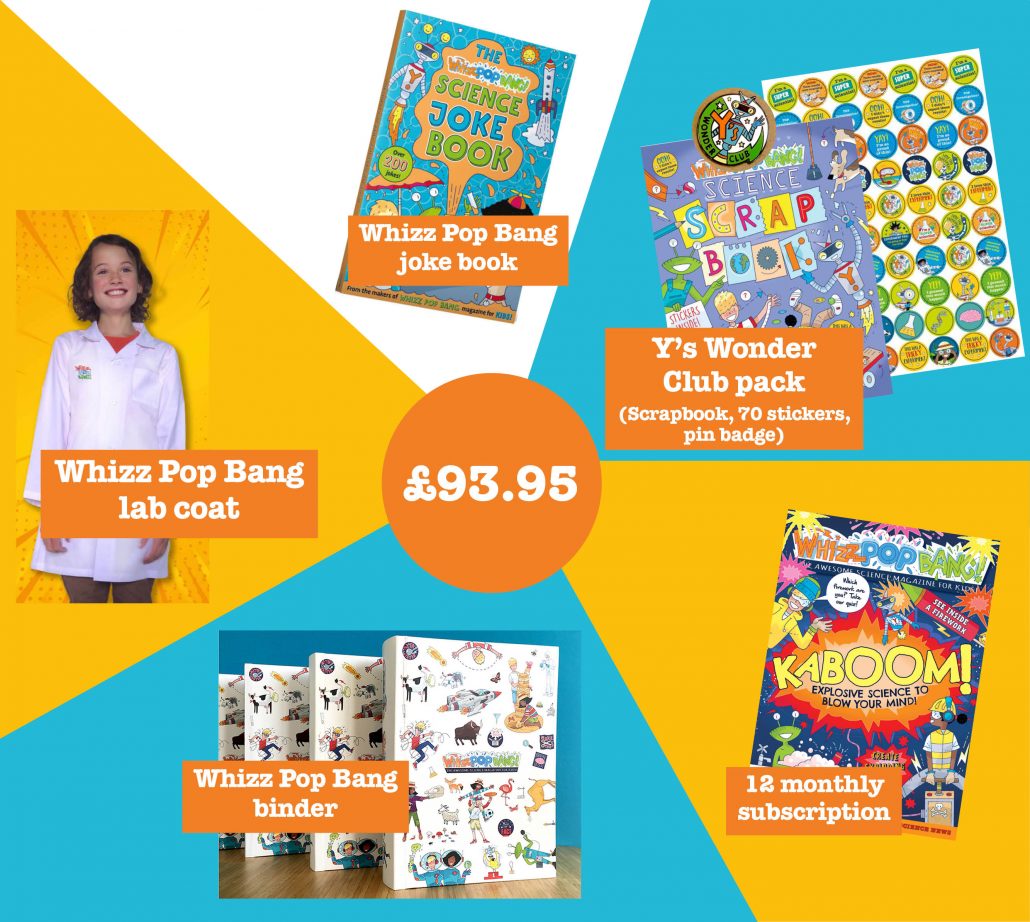
12 monthly subscription to Whizz Pop Bang magazine
PLUS Y’s Wonder Club Pack (a large science scrapbook, 70 stickers and an enamel pin badge)
PLUS Whizz Pop Bang binder
PLUS Whizz Pop Bang lab coat
PLUS The Whizz Pop Bang Science Joke Book
TOTAL: £93.95

